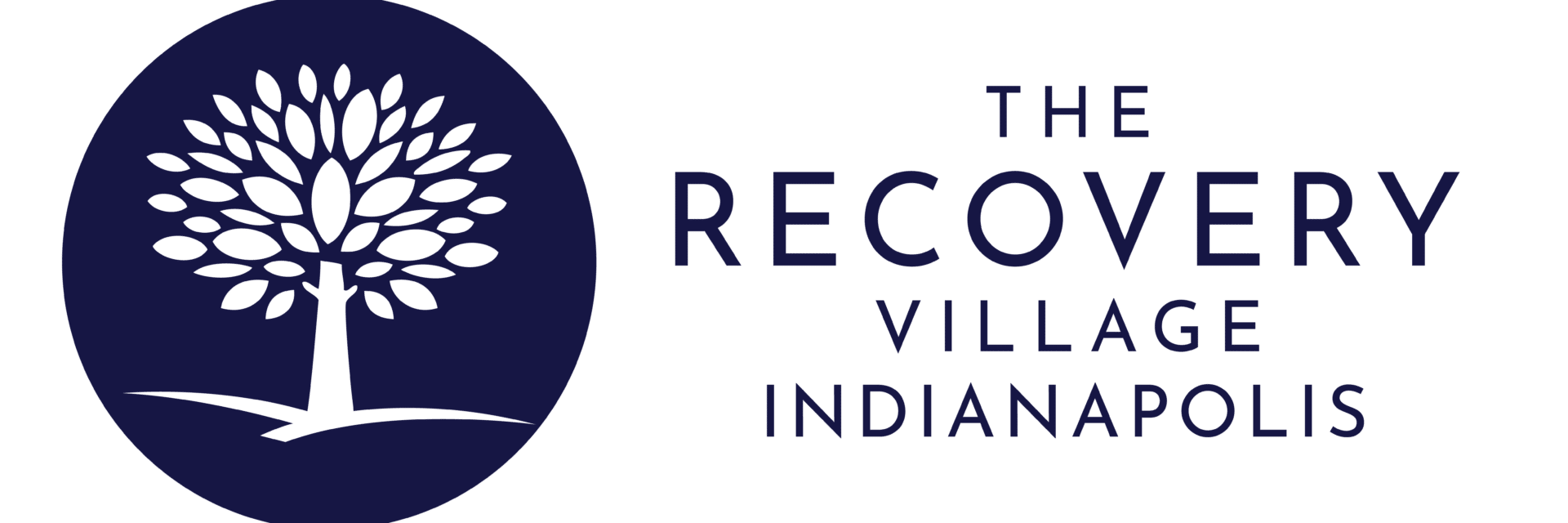For those who have struggled with alcohol use, recognizing the signs of a recovering liver is key — it can reassure you that positive changes are taking place and that healthier habits are having an impact.
One of the most common, serious health concerns arising from alcohol misuse involves the liver. Early intervention is essential because prolonged, unaddressed damage may lead to irreversible conditions. But if you take steps to reduce or eliminate alcohol consumption, you might observe indications that your liver is, in fact, repairing itself.
Signs of Liver Damage
Alcohol-related liver problems often begin quietly, with few recognizable symptoms at first. By the time clear, liver-specific warning signs emerge, damage may have already been underway for a while. Although early-stage deterioration may be overlooked, paying attention to changes in your body can highlight a need for medical evaluation.
Some of the most frequently seen signs of alcohol-related liver damage include:
This Season, Give Yourself the Gift of a Fresh Start.
Whether you are struggling with addiction, mental health or both, our expert team is here to guide you every step of the way. Don’t wait— reach out today to take the first step toward taking control of your life.
- Fatigue: A persistent feeling of tiredness that is not eased by rest
- Decreased appetite: Leading to unintentional weight loss
- Nausea and vomiting: Especially after eating foods that are high in fat
- Upper-right abdominal discomfort: Usually mild at first but can worsen over time
- Sleep disturbances: Such as insomnia or an altered sleep pattern
- Dark urine: Potentially indicating rising bilirubin levels
- Persistent itchiness or dry skin: Sometimes related to toxin buildup
- Mental confusion or personality changes: May signal toxins affecting the brain
- Excessive bruising or bleeding: Linked to reduced production of clotting factors
- Leg and foot swelling: Due to fluid retention
- Abdominal bloating: From fluid accumulation in the abdominal cavity
- Yellowed skin and eyes (jaundice): Reflecting high bilirubin levels
Not everyone will present all these signs, and the severity can vary. If these symptoms begin to appear, it typically means liver damage has already been going on for a while.
Can Your Liver Heal Itself?
Alcohol-induced liver disease progresses in three primary stages, and the liver’s ability to self-repair changes as the disease advances:
- Fatty Liver (Hepatic Steatosis): In this early stage, fat accumulates in the liver cells. Most people experience only minimal or no direct symptoms, and the liver can often eliminate these fat deposits once alcohol use ceases.
- Alcoholic Hepatitis: Continued alcohol misuse can prompt inflammation in the liver, compromising its function. During this phase, you may start to notice liver-specific warning signs like upper-right abdominal pain or nausea. However, if alcohol is discontinued, inflammation can subside, allowing the liver to regain some functionality.
- Cirrhosis: In the final stage, persistent inflammation from alcohol use results in scarring. Unlike fatty buildup or inflammation, scarring (fibrosis) is permanent. While certain aspects of liver function might still rebound if you stop drinking, the scarring itself cannot be undone without a transplant.
Because the liver is a remarkably resilient organ, it can heal a great deal of damage — provided cirrhosis is not too advanced. Even if some scarring is present, halting alcohol use can still help mitigate further harm and possibly allow for partial recovery of liver function.
How Long Does It Take the Liver To Heal From Alcohol?
Once someone stops or dramatically reduces alcohol intake, their liver can begin to repair itself relatively quickly. The exact timetable depends on multiple factors, such as one’s overall health, the extent of the damage and how long the person has been drinking. Nonetheless, some general timelines exist:
- Within One Day: After stopping alcohol, the immediate strain on the liver begins to lessen, preventing additional damage from developing.
- Within a Few Days: The liver ramps up its natural detox processes, gradually improving function.
- Within One to Three Weeks: Research suggests that fatty liver (steatosis) can significantly resolve during this timeframe for many individuals. As fat cells recede, energy levels might rise, and mild symptoms often start to improve.
- By Around One Month: Most people’s livers are as recovered as they can be from alcohol-induced fatty liver and inflammation — provided cirrhosis is not present.
Remember that every individual’s situation is unique. People with advanced liver disease or who have drunk heavily for years may need more time to heal — and in some cases, cirrhosis-related damage will be irreversible.
Signs Your Liver Is Healing
Medical tests such as blood panels, imaging studies or liver function tests provide the most accurate measure of recovery. However, you may notice encouraging signs indicating the liver is on a healthier path:
- Increased Energy
Chronic fatigue is commonly linked with alcohol-related liver problems, as toxins accumulate and inflammation disrupts normal metabolic processes. As your liver recovers, you may experience a boost in stamina and find daily tasks less tiring. - Improved Appetite
Individuals with liver disease often suffer from reduced appetite or food aversions. Because the liver plays a vital role in regulating hunger signals, you may sense a more balanced appetite and potentially stable weight gains or losses as your organ heals. - Clearer Thinking
When the liver doesn’t function properly, toxins like ammonia can collect in the bloodstream and affect the brain, causing confusion or difficulty concentrating. Once the liver is better able to filter these substances, mental clarity frequently returns. - Weight Stabilization
Liver damage often leads to weight fluctuations: malnutrition can promote unintended weight loss, while fluid retention can falsely inflate body weight. If your liver function is improving, you may observe a steadier weight as fluid retention decreases and nutrient absorption improves. - Stronger Immune Response
A chronically inflamed liver can disrupt immune function. If cirrhosis isn’t too severe, quitting alcohol and allowing the liver to heal may gradually bolster immune health. Over time, you might notice fewer infections or faster recovery from illnesses. - Reduced Yellowing of Skin and Eyes
A significant sign of advanced liver trouble is jaundice, stemming from the accumulation of bilirubin. Seeing a gradual lightening of any yellowish hue in the skin or eyes can signify improved liver function and more efficient bilirubin breakdown. - Better Liver Function Test Results
Ultimately, the most definitive indicator of healing is documentation via medical tests. Blood analyses can detect healthier enzyme levels and enhanced synthetic ability, confirming that your liver is on the mend and regaining its capacity to filter and process nutrients properly.
Tips for Encouraging Liver Recovery
If your liver has been impaired by alcohol, making lifestyle changes can speed up and support its natural healing:
- Stay Hydrated
Adequate water intake helps with overall wellness and boosts circulation, potentially aiding in liver cell repair. Aim for consistent hydration throughout the day. - Incorporate Exercise
Regular physical activity improves metabolism, circulatory efficiency and overall organ function, including the liver. Exercise also reduces stress on the body and can help maintain healthy body weight. - Eat a Balanced Diet
Focus on nutrient-dense foods, especially those high in fiber, vitamins and antioxidants. Minimizing fried, sugary or heavily processed options eases the burden on the liver, while coffee or green tea in moderation may offer protective benefits. - Avoid All Alcohol
Stopping alcohol use is the single most vital step in aiding liver recovery. Continuing to drink worsens existing damage, whereas sustained abstinence allows the organ’s self-repair mechanisms to work. - Follow Medical Guidance
Regular check-ups and blood work will help measure your progress. Consult your healthcare provider for personalized recommendations, including any medications, supplements or other interventions that might be beneficial.
Get Help for Alcohol Addiction
Quitting alcohol is a crucial step for liver health, but sustaining sobriety can be incredibly challenging for those who struggle with addiction. If you find it tough to limit or cease your alcohol use, a professional treatment program may be the key to effective, lasting recovery.
The Recovery Village Indianapolis offers comprehensive, individualized care for alcohol use disorder, providing essential treatment services such as medical detox, inpatient rehab, and aftercare planning. Our experienced clinical team can address liver-related concerns while helping you develop strategies to manage triggers and maintain sobriety long-term.
If you worry about alcohol’s impact on your liver or simply want to break free from the cycle of drinking, reach out to us today. Healing is possible, and you don’t have to tackle it alone. Our compassionate staff is ready to guide you toward a healthier future, one day at a time.


